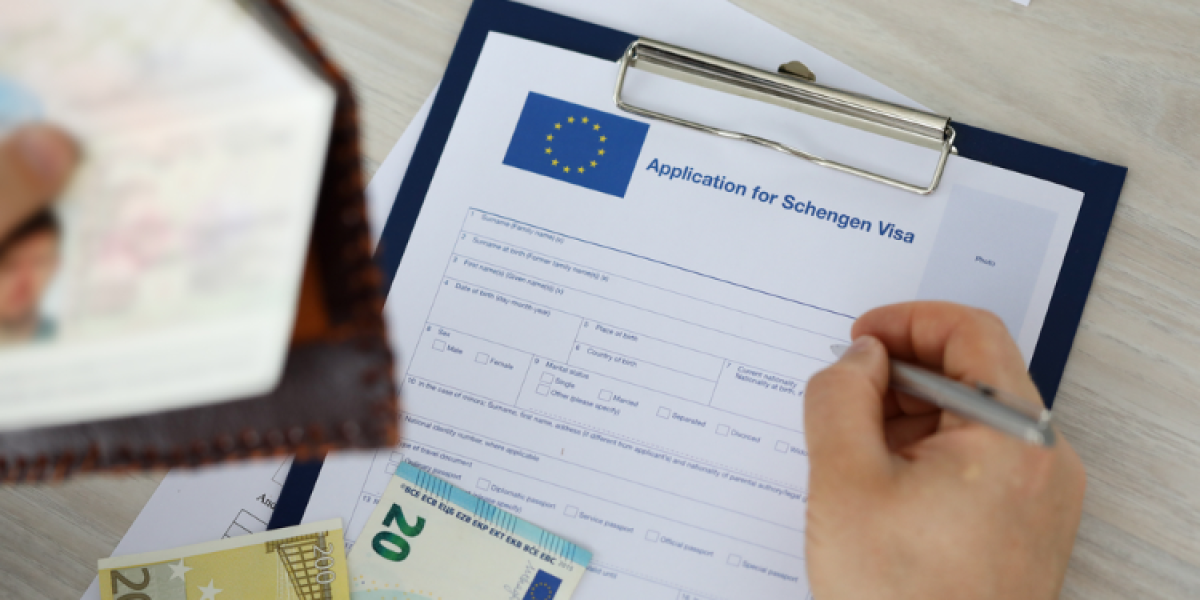
How can the smooth movement of individuals be ensured while effectively managing the external borders of the European Union? The European Commission has outlined its strategy: the digital Schengen visa. It has successfully reached a groundbreaking agreement in this regard. What does this mean for travelers and prospective expats?
Benefits of the digital Schengen visa
In a press release issued on June 13, the European Commission announced the upcoming launch of the digital Schengen visa following an agreement between the European Parliament and the European Council. As a reminder, the Schengen visa enables passport-free travel across all member countries of the Schengen area. This visa is valid for short stays of up to 90 days and allows unrestricted travel within the Schengen area. As there are no border controls, visa holders are free to enter and exit any country within the Schengen area.
The Schengen visa is intended for nationals of non-European countries (third countries) that have not signed a visa exemption agreement with Schengen countries. It can be used for various purposes, including tourism, business, short-term study, or research, as well as visiting family or friends.
Can you work or study with a Schengen visa?
In principle, foreign nationals can work and study in the EU with a Schengen visa. The visa grants entry into Schengen countries and permits free movement within this area, which is the world's largest free-movement zone. Depending on the purpose and frequency of travel, different types of Schengen visas are available, such as single-entry, double-entry, or multiple-entry visas. It is even possible to apply for a visa valid for up to 5 years.
While this offers considerable flexibility, the visa does have certain limitations. In fact, it allows a maximum stay of 90 days. Therefore, undertaking studies or engaging in work beyond the 90-day limit requires a visa issued by the host country. Additionally, it's important to distinguish the Schengen visa from a work permit or the need for registration with an authorized institution. The European Commission also emphasizes that foreign nationals must not spend "more than 90 days in the Schengen area during the preceding 180-day period," even with a 5-year visa.
The time limit is precisely set to prevent abuse. Engaging in long-term work or study on a Schengen visa is not allowed. However, the Schengen visa provides significant flexibility for visiting multiple European countries at a very competitive cost (on average, €80 for adults).
Transition to a digital Schengen visa
The European Commission takes pride in this new milestone. In June 2021, the Commission introduced its "Schengen strategy," a comprehensive plan aimed at harmonizing and streamlining procedures for third-country nationals while preserving the advantages of the Schengen area and bolstering its strength. Digitization is a central aspect of this strategy.
Currently, administrative procedures involve physical stickers, although some countries offer online options for certain processes. The lack of harmonization makes the procedure more burdensome and increases costs for both travelers and member states. The digital visa will enable the digitization of visa applications and the renowned "visa sticker."
What is changing for foreign nationals?
Simplicity, speed, efficiency, and security are the benefits accompanying the digitization of the Schengen visa and related procedures. In straightforward terms, everything will be conducted online through a unified European platform that will centralize visa applications. From document submission to payment, the entire process will be digitized, regardless of the Schengen member state the foreign national intends to travel to. The traditional visa sticker will be replaced by a digital visa. This modernization offers travelers numerous advantages, as data centralization leads to simplicity and time savings.
EU countries will also benefit from this transition. The physical "visa sticker" has been susceptible to fraud, theft, and forgery over the past years. The digital Schengen visa aims to address these issues by enhancing security measures. This new visa, initially applicable to short-stay visas, will eventually extend to long-stay visas as well. The next step will be the approval of the Commission's agreement by the Member States, followed by a 7-year period for states to comply. The European Commission lauds this new system as a significant stride into the digital age for the European Union.



















